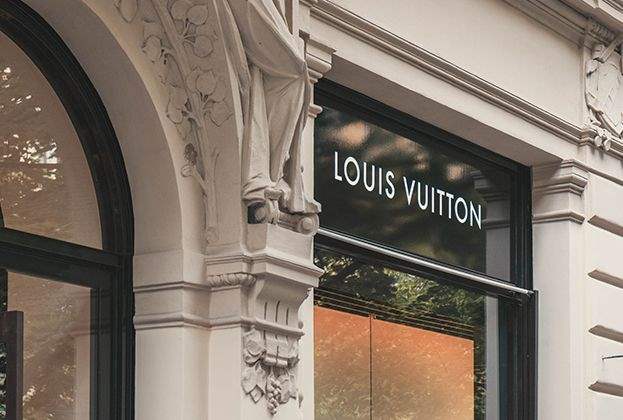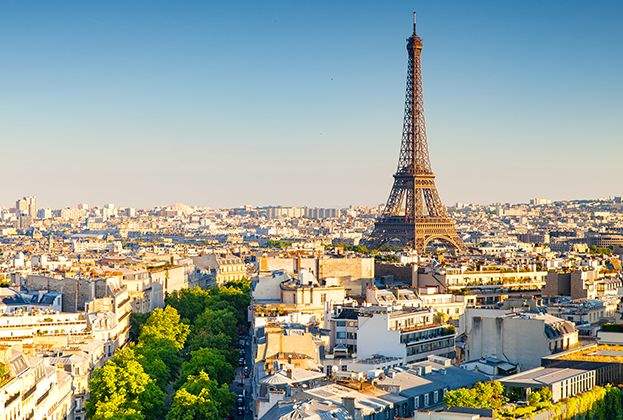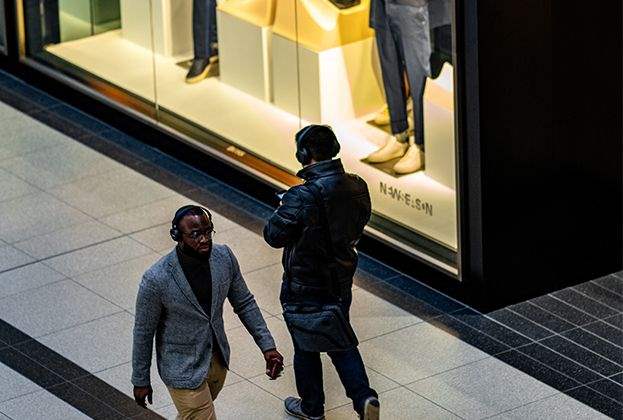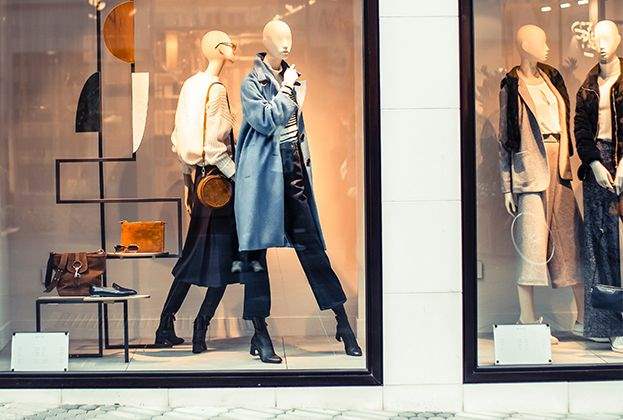Luxury spending globally increased 6% in 2018 according to Bain & Company, with Europe accounting for a third of sales, with forecasts pointing to further growth of between 3-5% per annum to 2025
However, shifts in distribution and where the all-important Chinese consumers shop is elevating the role of flagship stores in terms of raising awareness, engagement and ultimately driving sales.
Chinese consumers continue to dominate accounting for a third luxury sales globally. Historically, this was driven by spend abroad but in 2018 much of this growth was focused within the domestic market. The Chinese Government reduced import duties last year that led to a small decline in luxury retail prices domestically. This, combined with the crackdown on the practice of Daijou (individuals acquiring goods overseas to sell to clients at home), helped boost luxury domestic spend in 2018 and is part of the Government’s wider initiative to rebalance the economy. Evolving preferences amongst Chinese travellers with a greater leaning towards ‘experiences’ over shopping has been an additional driver of this trend and was apparent in pretty flat tourist luxury consumption in 2018 according to Bain & Company.
Expanding domestic luxury spend is forecast to continue for Chinese consumers. Albeit, with more Chinese nationals travelling internationally, the importance of a flagship store in prime locations in key destination cities will play an ever more important role in raising awareness and engagement even if the purchase takes place at home.
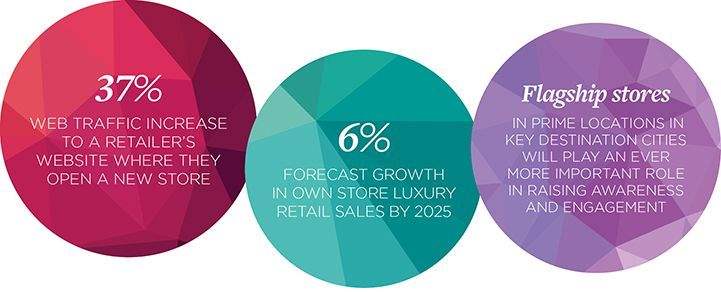
This is a trend that is evident in the retrenchment of new store openings to key strategic and underserved destination cities in 2018.
This is also apparent in the growth of own store retailing. Luxury sales through brands own boutiques has been one of the fastest growing distribution channels as brands look to take more control of the experience they deliver to their customers. Forecasts point to a further 6% growth in sales through monobrand stores by 2025. This will be against a backdrop of declining wholesale sales through department and speciality stores, which will be more exposed to the growth in online that is forecast to reach a 25% share by 2025 up from the current 10% (Bain & Co).
Increasing online penetration in the luxury space will create challenges in some parts of the market as evidenced with wholesale performance. However, in terms of own store retailing it will elevate the role of the store as a way to enhance customer engagement in order to drive sales. A recent study by the ICSC in the US found that where a retailer opens a new store there is, on average, a 37% increase in web traffic to that retailer’s website from the immediate catchment highlighting how a store can raise awareness. We expect a similar effect exists for luxury brands and supports the increased use of experiential pop ups by brands to launch new products and collaborations. This will, and is, refocusing occupier demand on core luxury retail areas in key global cities.
Read the other articles within this publication below
.jpg)

